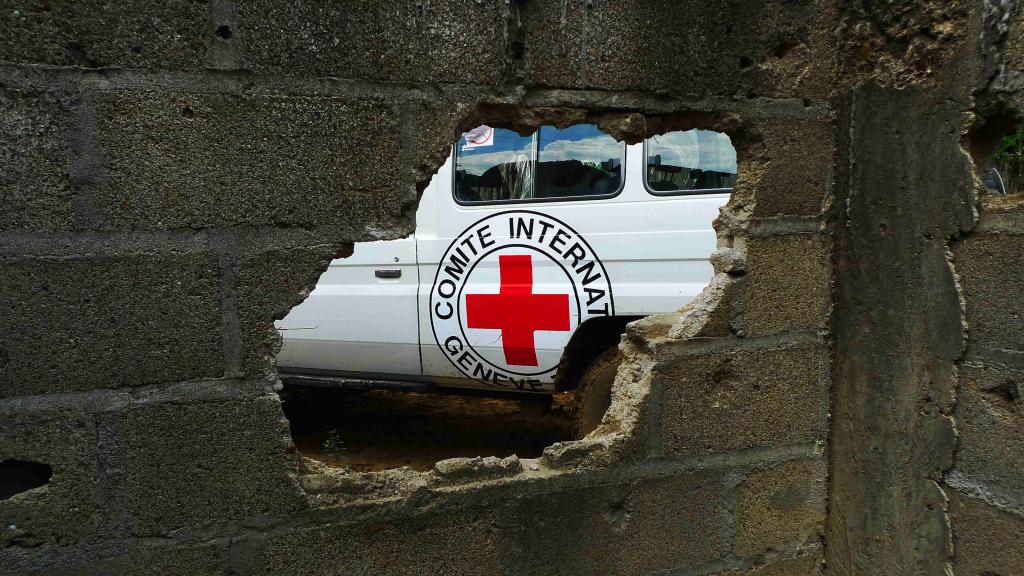By Miriam Bradley
Assistant Professor
Institut Barcelona d’Estudis Internacionals
These days, more people meet violent deaths outside armed conflict contexts than within them. Collective violence outside armed conflict is often concentrated in cities, and this so-called urban violence, which may be perpetrated by street gangs and organised crime groups, as well as state security forces, affects cities across the world. It is of particular concern in Latin America, home to more than 40 of the 50 most violent cities (as measured by 2017 homicide rates), including the five most violent, each of which has a homicide rate around fifty times the global average. Urban violence is not limited to homicides—in many cases, sexual violence, extortion, displacement and disappearances are also commonplace.
Violence in cities is clearly the cause of much human suffering, but it is much less clear who is best placed to address urban violence, and with what kinds of policies. The repressive and militarised responses of several Latin American governments to gangs and organised crime are widely seen to have been ineffective in reducing violence in the long term, and even counter-productive. Several commentators have therefore argued that developmental and humanitarian approaches are required, and over the past ten years, many international humanitarian agencies, including the International Committee of the Red Cross (ICRC), have incorporated urban violence into their mandates. However, more critical humanitarian scholarship has problematised the framing of urban violence as a humanitarian crisis. ‘Humanitarianising’ a situation calls for a humanitarian response focused on addressing symptoms rather than causes, on meeting immediate needs rather than engaging in political struggle or economic development. The old solution offered by humanitarian agencies is arguably inappropriate for the new problem of urban violence.
In a recent article examining the ICRC’s response to urban violence, I also take a critical perspective, but with a different focus—on the consequences for the ICRC itself. I show that the incorporation of urban violence into the ICRC mandate has led to significant and surprising shifts in the ICRC’s humanitarian boundaries—from eschewing any effort to prevent or reduce conflict and prioritising neutrality and dialogue with all parties to conflict, the ICRC has begun engaging in violence-prevention and violence-reduction activities, compromising its neutrality and limiting dialogue with some armed groups. These shifts, I argue, may undermine the ability of the ICRC to implement its core mandate.
The ICRC has transformed its modus operandi in response to urban violence, and this raises concerns about its capacity to carry out its core mandate
The ICRC’s core mandate is to protect and assist the victims of armed conflict—work that is both facilitated and delimited by international humanitarian law (IHL). IHL regulates international and non-international armed conflicts, and the ICRC has a unique role in promoting compliance. This includes documenting alleged violations of IHL and then making confidential representations to the alleged perpetrators with the aim of persuading them to increase their compliance. This ‘confidential dialogue’ is a trademark of the ICRC, and a commitment to such dialogue with all parties to conflict is one aspect of the neutrality on which the ICRC prides itself. For the ICRC, neutrality is not only an operational principle, but also part of its institutional identity. It prohibits taking sides in hostilities, and is closely linked to the distinction between jus ad bellum and jus in bello in the laws of war.
This is an excerpt. To read the full article, visit The Global.
Interested in contributing to our blog? Here is how.
Image credit: ICRC


